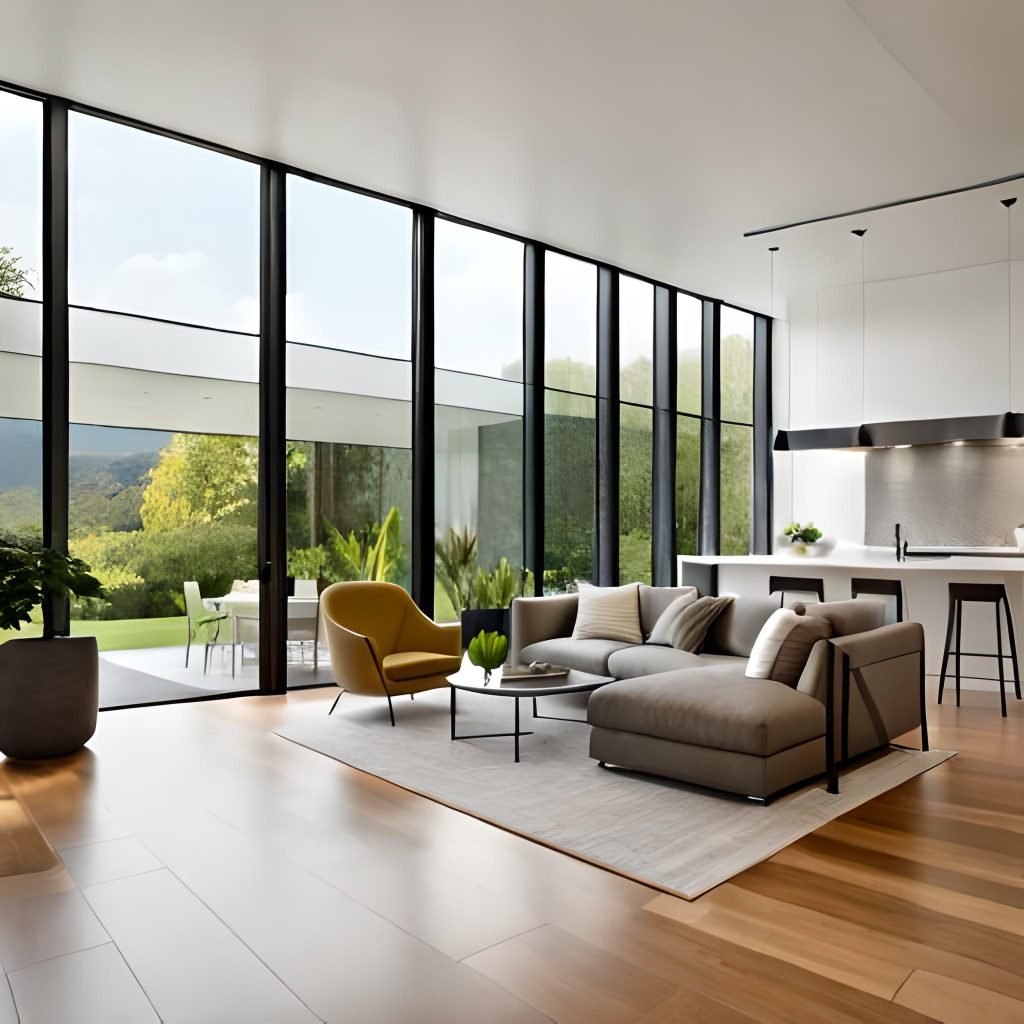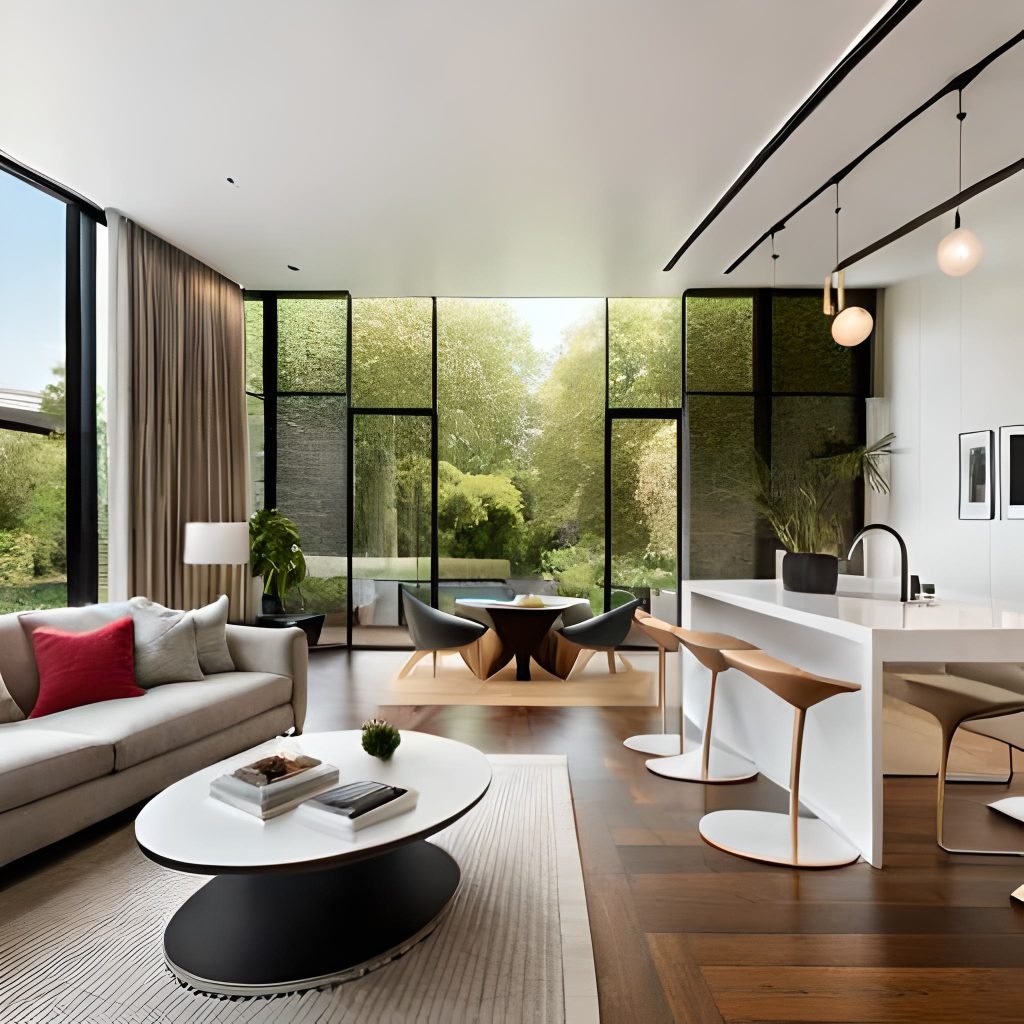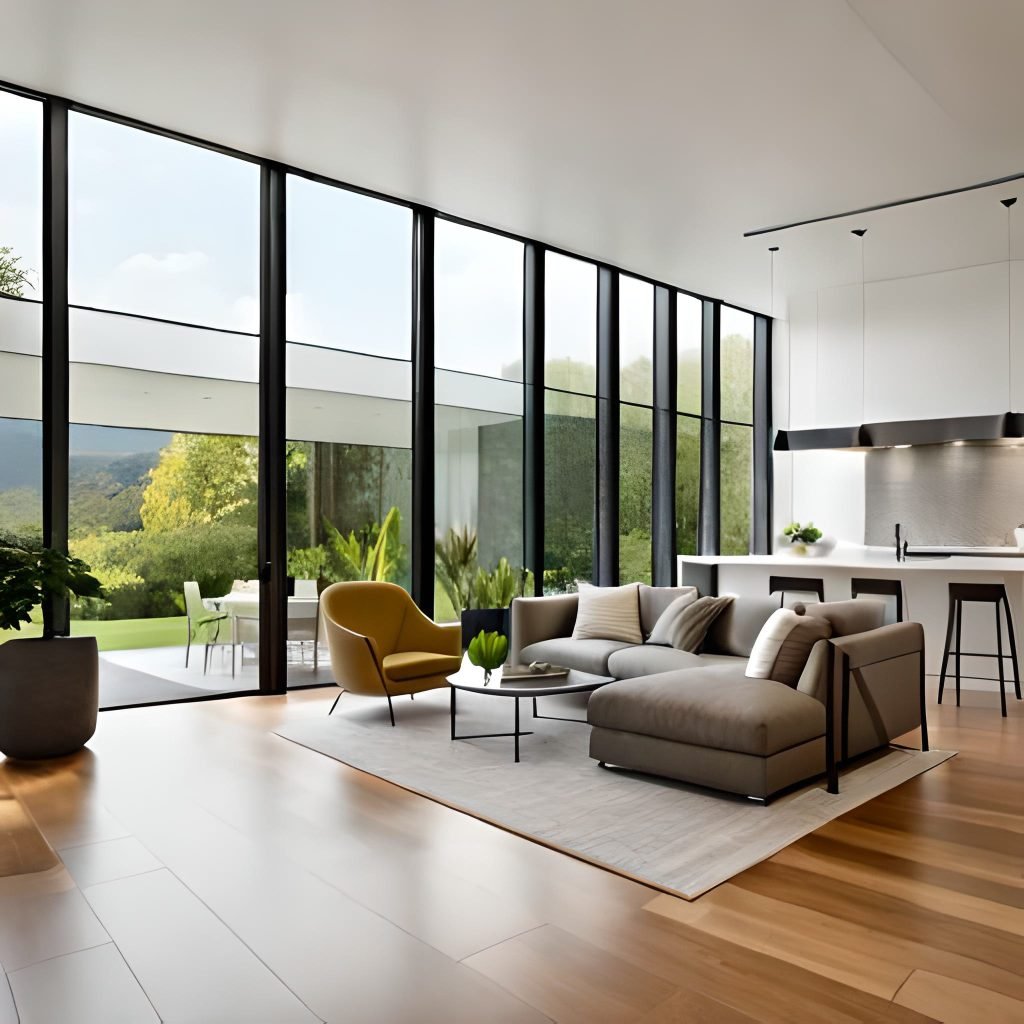Last Updated on August 14, 2023 by
Table of Contents
Introduction to Biophilic Interior Design
Biophilic interior design is a concept that aims to connect humans with nature within their living and working spaces. This approach is based on the innate human affinity for the natural world, which has a significant impact on our physical and mental well-being. In this article, we’ll explore the principles and elements of biophilic design and discuss its benefits for our lives.
The Importance of Biophilic Design in Modern Living Spaces
In today’s fast-paced, urbanized world, people often feel disconnected from nature. This disconnection can lead to stress, anxiety, and other health issues. Biophilic design seeks to address this problem by integrating natural elements into our indoor environments, promoting a sense of well-being and tranquility.
Principles of Biophilic Design
Direct Nature Experience
This principle revolves around incorporating tangible elements of nature into a space. Examples include natural light, plants, water features, and fresh air.

Indirect Nature Experience
Indirect nature experiences involve the use of representations of nature, such as artwork, natural materials, and nature-inspired patterns and colors.
Space and Place Conditions
This principle focuses on creating spaces that mimic natural environments by considering factors like spatial configurations, views, and the human-nature relationship.
Elements of Biophilic Design
Natural Light
Incorporating natural light is crucial in biophilic design. Large windows, skylights, and light wells can help bring sunlight into a space, enhancing mood and productivity.
Greenery and Nature-Inspired Patterns
Plants and nature-inspired patterns are essential in biophilic design. Living walls, potted plants, and nature-inspired textiles can help create a connection to the natural world.

Natural Materials and Textures
Using materials like wood, stone, and natural fibers helps to create a sense of warmth and authenticity in a space.
Water Features
Water features, such as fountains, ponds, or aquariums, can provide a soothing and calming effect in an interior space.
Biomorphic Forms and Shapes
Incorporating organic, non-linear shapes inspired by nature can create a sense of harmony and flow in a space.
Benefits of Biophilic Interior Design
Biophilic design can have numerous benefits, such as improved air quality, reduced stress levels, increased productivity, and enhanced overall well-being.
Biophilic Design Case Studies
Numerous case studies showcase the successful implementation of biophilic design in various settings, including offices, hospitals, and residential spaces.
Tips for Implementing Biophilic Design in Your Space
Consider incorporating plants, natural light, natural materials, and water features in your space. Additionally, choose nature-inspired colors and patterns to create a cohesive, calming environment.

Conclusion
Biophilic interior design is an essential approach to creating healthier, more enjoyable living spaces that connect us with nature. By considering the principles and elements discussed in this article, you can transform your space into a sanctuary that promotes well-being and enhances your overall quality of life.
Apart from that, if you are interested to know about Best Interior Designers For Your Home then visit our Home Improvement category.
FAQs
Biophilic interior design is an approach that aims to connect humans with nature within their living and working spaces, promoting a sense of well-being and tranquility.
Biophilic design is important because it addresses the disconnection from nature that many people experience in modern urban environments. This disconnection can lead to stress, anxiety, and other health issues. Integrating natural elements into our indoor spaces can help to alleviate these problems.
Some elements of biophilic design include natural light, greenery and nature-inspired patterns, natural materials and textures, water features, and biomorphic forms and shapes.
Biophilic design can benefit our well-being by improving air quality, reducing stress levels, increasing productivity, and enhancing our overall sense of well-being.
To incorporate biophilic design in your space, consider adding plants, maximizing natural light, using natural materials and textures, incorporating water features, and choosing nature-inspired colors and patterns.



























